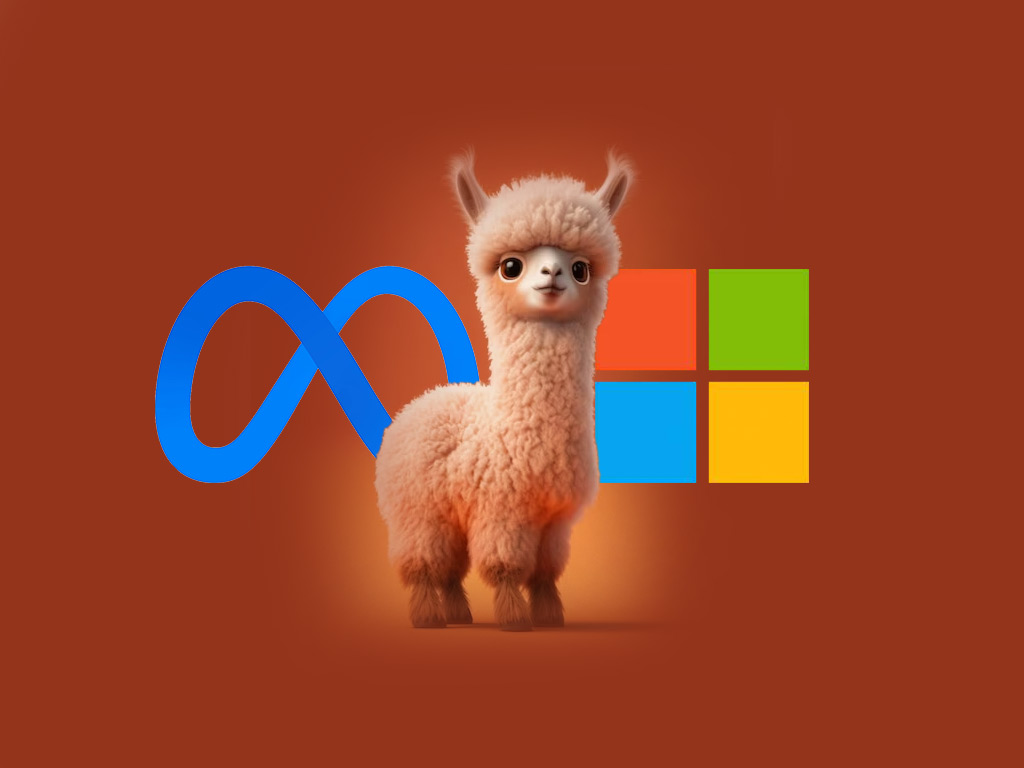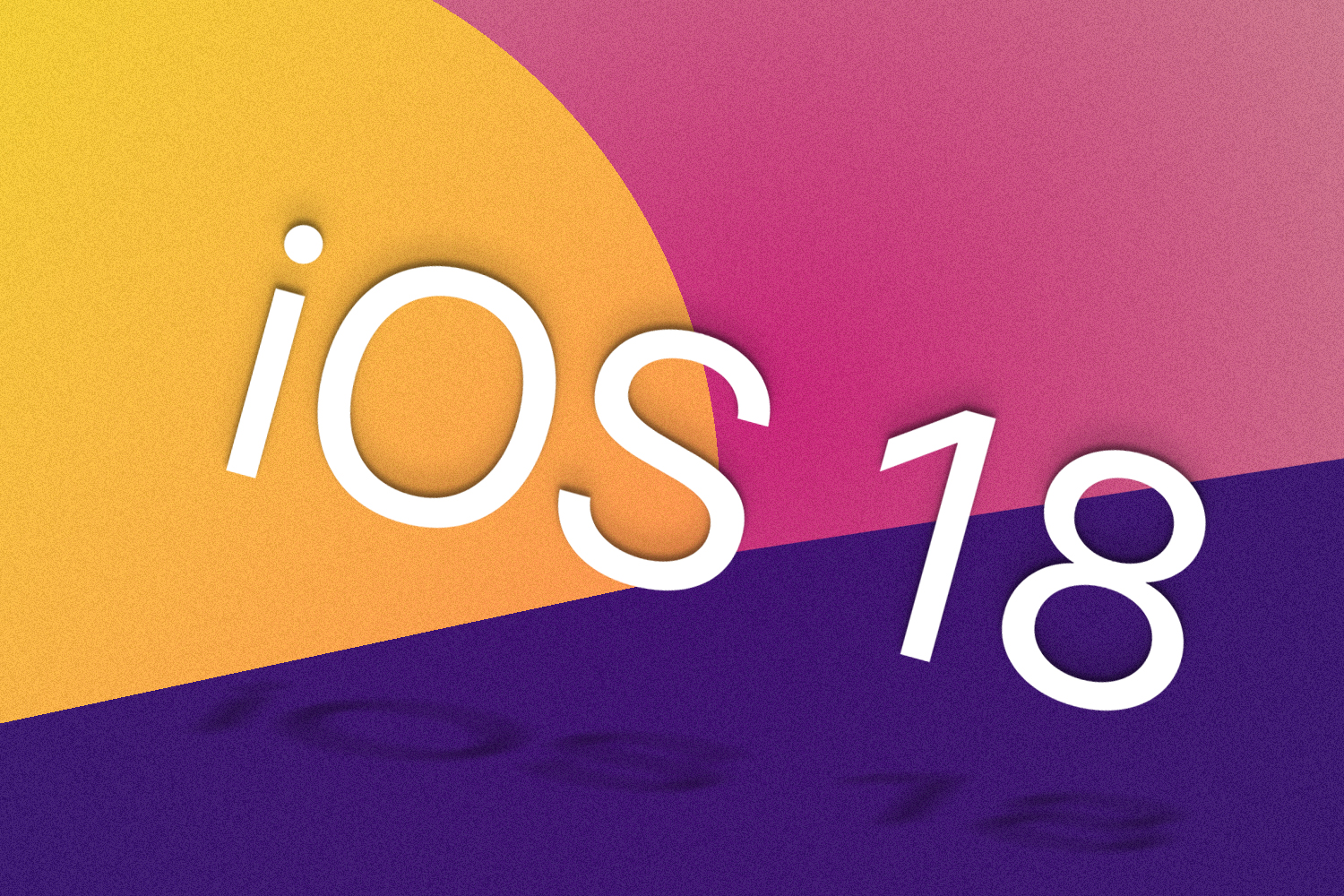Meta's Llama 3.2: A New Era in AI Models
In a significant leap forward for artificial intelligence, Meta has officially launched its latest iteration of the Llama AI models, version 3.2. This update marks a pivotal moment in the evolution of AI, as it introduces multimodal capabilities, allowing the models to process both text and images. The announcement has generated considerable buzz across the tech community, with over 3.25 million related articles and discussions surfacing online.
Key Features of Llama 3.2
Multimodal Functionality
The most notable enhancement in Llama 3.2 is its multimodal functionality. This means that the model can now interpret and generate responses based on both textual and visual inputs. The introduction of models like Llama 3.2 11B and 90B signifies a shift towards more versatile AI applications, enabling developers to create more interactive and engaging user experiences.
Open-Source Accessibility
Meta has also made strides in promoting open-source AI. The Llama 3.2 models are available for developers to utilize freely, fostering innovation and collaboration within the AI community. This move is expected to encourage a wider adoption of the technology across various sectors, from education to entertainment.
Performance Enhancements
The new models come equipped with several performance optimizations. For instance, the Llama 3.2 1B and 3B models have been accelerated for long-context support using advanced techniques like scaled rotary position embedding (RoPE). This allows for more efficient processing of larger datasets, making the models suitable for complex tasks that require extensive context.
Industry Reactions and Applications
The release of Llama 3.2 has been met with enthusiasm from various sectors. TechCrunch highlighted that the new models are designed to compete with existing AI giants like OpenAI and Anthropic. The ability to process images alongside text opens up a plethora of applications, including image recognition, content creation, and augmented reality experiences.

Integration with Major Platforms
Meta's Llama 3.2 models are not just standalone products; they are being integrated into major platforms such as Google Cloud's Vertex AI, Microsoft Azure, and Amazon Web Services (AWS). This integration allows businesses and developers to leverage the power of Llama 3.2 in their applications, enhancing their capabilities in machine learning and data analysis.
Real-World Use Cases
The potential use cases for Llama 3.2 are vast. For instance, in the field of healthcare, the models could assist in analyzing medical images and providing diagnostic suggestions based on textual patient data. In education, they could facilitate interactive learning experiences by combining visual aids with textual explanations.
Recent Developments and Future Prospects
Meta Connect 2024
At the recent Meta Connect 2024 conference, CEO Mark Zuckerberg emphasized the company's commitment to advancing AI technologies. The introduction of Llama 3.2 was a highlight of the event, showcasing Meta's vision for a more connected and intelligent future.
Competitive Landscape
As the AI landscape becomes increasingly competitive, the release of Llama 3.2 positions Meta as a formidable player. With its advanced capabilities and open-source model, it is poised to challenge established leaders in the field, driving further innovation and development.

The launch of Llama 3.2 represents a significant milestone in the evolution of AI technology. With its multimodal capabilities, open-source accessibility, and performance enhancements, it is set to transform how developers and businesses approach AI applications. As the tech community continues to explore the potential of these models, the future of AI looks promising, with endless possibilities for innovation and growth.
For more detailed insights, you can explore the following articles:
- Meta's Llama AI models get multimodal | TechCrunch
- Meta releases its first open AI model that can process images | The Verge
- Deploying Accelerated Llama 3.2 from the Edge to the Cloud | NVIDIA Developer
The advancements in Llama 3.2 not only highlight Meta's innovative spirit but also set the stage for a new era in AI development, where the boundaries of what is possible are continually being pushed.





